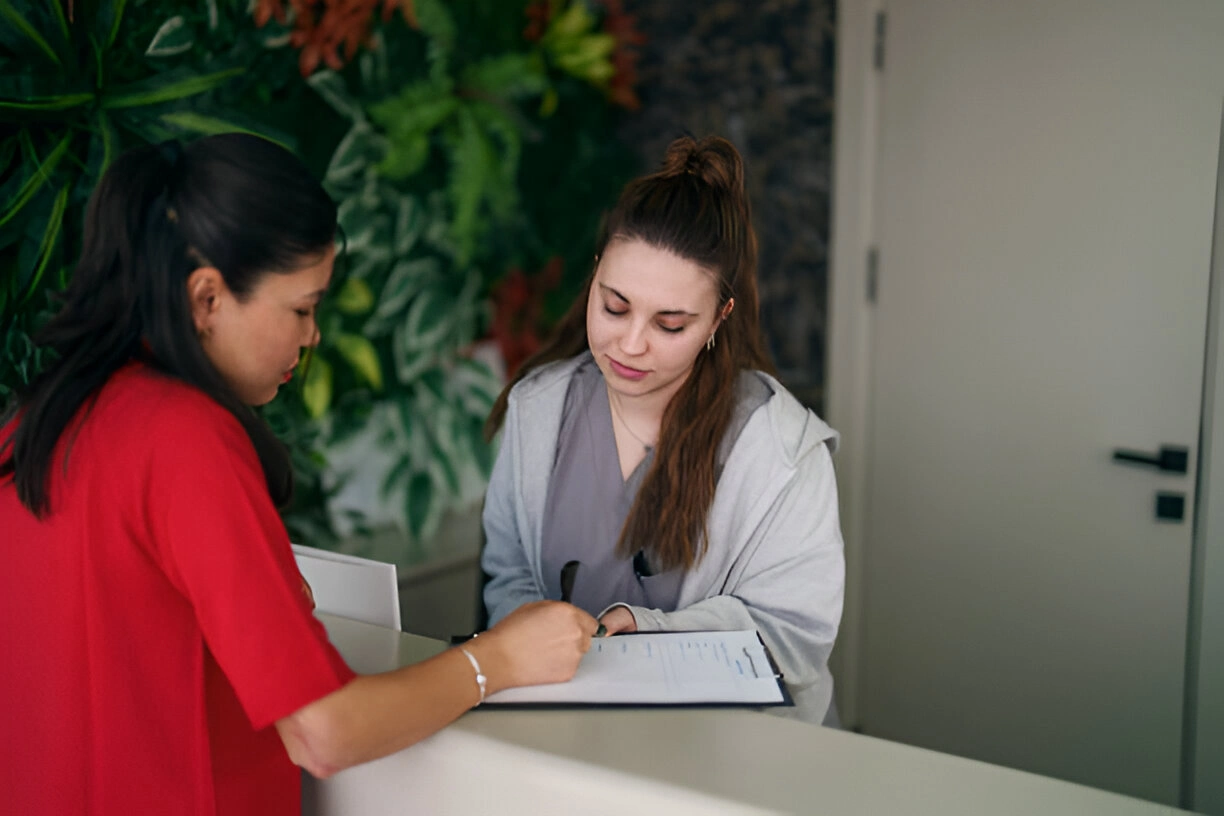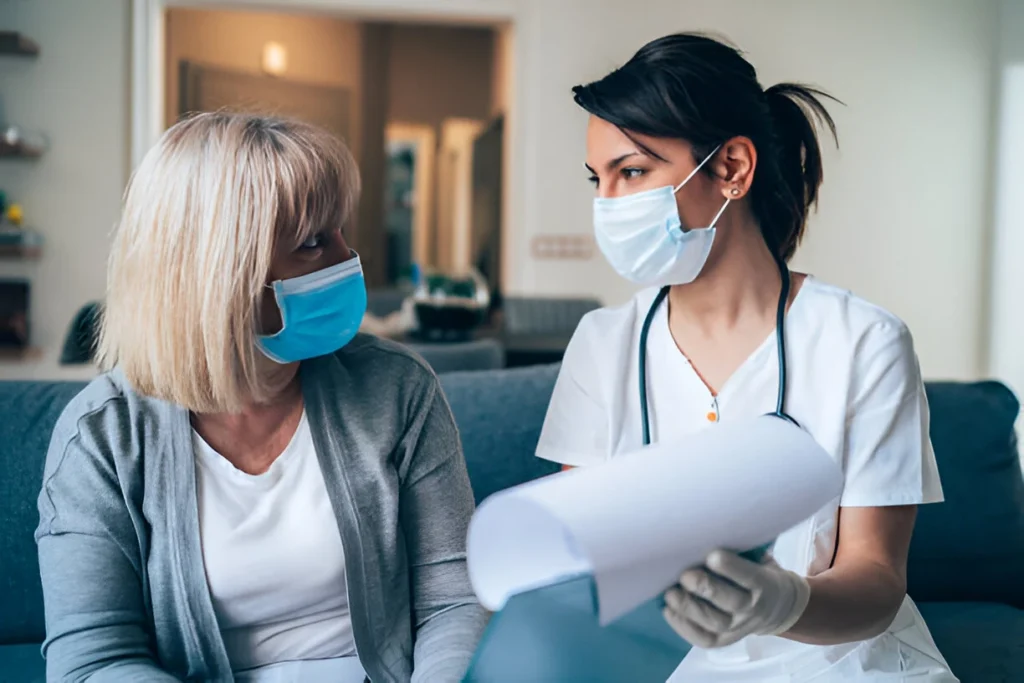Medical Device Registration Procedure in Bangladesh, The process of medical device registration in Bangladesh is an important regulatory procedure that makes certain all medical devices being marketed and sold in the country are thoroughly reviewed for their safety, quality and performance. Regulated by Directorate General of Drug Administration (DGDA), the registration system upholds public health and is in compliance with international regulatory standards.
Whether you are a global manufacturer or a local distributor that wants to bring medical devices into the Bangladeshian market, you will need the right documentation and it is important to understand the step-by-step process and local compliance requirements. This manual covers the whole scope of medical device registration in Bangladesh with easily understandable and logical content for practical application.
The Regulatory Agency: DGDA in Perspective
Medical devices Medical devices are regulated by the Directorate General of Drug Administration (DGDA) of the Ministry of Health and Family Welfare. As for DGDA, it also implements the Drugs Act, 1940, and the Drugs (Control) Ordinance, 1982, which has gradually been extended to medical devices. The DGDA has made progressive efforts to align its procedures with the WHO and AMDD.
The registration is mandatory for all classes of medical devices, from low risk like surgical gloves to high risk like implantable pacemakers, before the devices are imported, marketed or used in clinical settings.
Classification of Medical Devices (MDs) in Bangladesh
Medical device regulation in Bangladesh The medical devices are classified into four classes on the basis of risk involved:
- Class A: Low risk (for example, bandages, thermometers)
- Class B Low-Moderate risk (e.g. syringes, infusion sets)
- Class C – Moderate and high risk (for instance, X-ray devices)
- Class D for use for high risk (e.g., ventilators, implanted defibrillators)
The level of complexity and documentation for the registration increases with the class of the product, class C and D requiring a large amount of certification and post market surveillance documentation.
Medical device registration in Bangladesh involves a strict and detailed procedure that must be followed. This process ensures that medical devices meet the necessary safety and quality standards before they can be sold and distributed in the country.
List of required documents for medical device registration in Bangladesh:
- Legal agreement (copy) between the manufacturer & the local agent/distributor (and, Letter of authorization).
- EC Certificate/CE marking/EC Design examination Certificate.
- FSC (Free Sale Certificate) of Manufacturing country-Bangladesh Embassy attested. Original
- FSC of any EU country/USA/Germany/Switzerland/Japan/Australia/UK-Bangladesh Embassy attested (This is required for Class-C & Class-D Med. device).
- Details regarding recall history of past 2 years (duly signed on letter head pad of the manufacturer).
- List of Countries where the product is being marketed. (duly signed on letter head pad of the manufacturer).
- Packaging Materials (empty): Box, Label, IFU, Labeling must reflect the Brand & Manufacturer name, Country of Origin, Mfg. date, Expiry date, Lot no.
- Two (2) pc sample/Colour Catalogue.
- Annexure-3 (will be prepared by Ziva DRA, a prescribed form by DGDA).

Involvement of Ziva DRA in Registration
Zivadra, an established regulatory consulting firm, is committed to assisting manufacturers through this rigorous process of registration.
Ziva DRA can help you in preparing Annexure-3, Communication with DGDA to ensure timely submission of appropriately formatted documents thereby considerably shortening registration timeframes, and decreasing the chances of rejection.
Why Bangladesh is Emerging as a Market for Medical Devices
The healthcare market in Bangladesh is growing fast driven by increasing incomes, urbanization and improved accessibility to care. Main growth drivers:
- Public funding of hospitals and clinics
- And an increasing number of upstart private diagnostic centers, specialty hospitals
- Rising need for surgical instruments, diagnostic test kits, and implantable equipment
Considering a market size likely to surpass USD 500 million in the years to come, Bangladesh is an interesting destination for foreign producers of medical devices.
Regulatory compliance however is not an option, the process of registering a medical device in Bangladesh has to be followed rigorously.

Frequently Asked Questions For Medical Device Registration Procedure In Bangladesh
What Is The Procedure For Medical Device Registration In Bangladesh?
The procedure for medical device registration in Bangladesh involves submitting an application to the Directorate General of Drug Administration (DGDA), providing necessary documents such as manufacturing license, product testing reports, and clinical trial data. After evaluation, if all requirements are met, the device is registered and a registration certificate is issued.
How Long Does It Take To Get Medical Device Registration In Bangladesh?
The time required for medical device registration in Bangladesh can vary depending on factors such as the complexity of the device, completeness of the documentation, and the workload of DGDA. Typically, the registration process can take anywhere from 6 to 12 months.
What Are The Documents Required For Medical Device Registration In Bangladesh?
To register a medical device in Bangladesh, you will need to provide various documents such as a manufacturing license, product labeling and insert details, product testing reports, clinical trial data (if applicable), and a power of attorney from the manufacturer. Detailed information can be obtained from the DGDA guidelines.
Are Clinical Trials Required For Medical Device Registration In Bangladesh?
Yes, clinical trials may be required for certain types of medical devices before they can be registered in Bangladesh. The need for clinical trials will depend on the risk category and intended use of the device. The results of the clinical trials must be included in the registration application.
Conclusion
Navigating the medical device registration procedure in Bangladesh requires careful attention to detail and compliance with the regulatory authorities. From the initial application submission to the assessment and approval process, every step must be meticulously followed.
By understanding the guidelines and requirements set forth by the Bangladeshi government, manufacturers and importers can ensure smooth and successful registration of their medical devices.
It is crucial to stay updated with the latest regulations and seek expert assistance when needed to streamline the registration process and ensure compliance with the country’s regulations.

